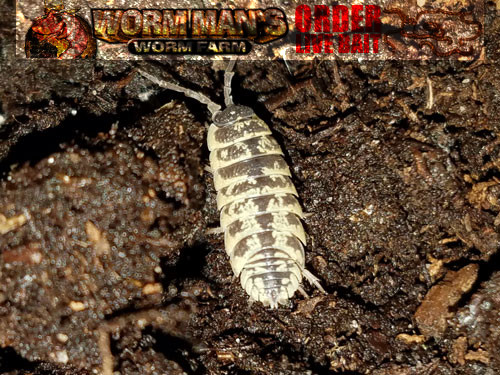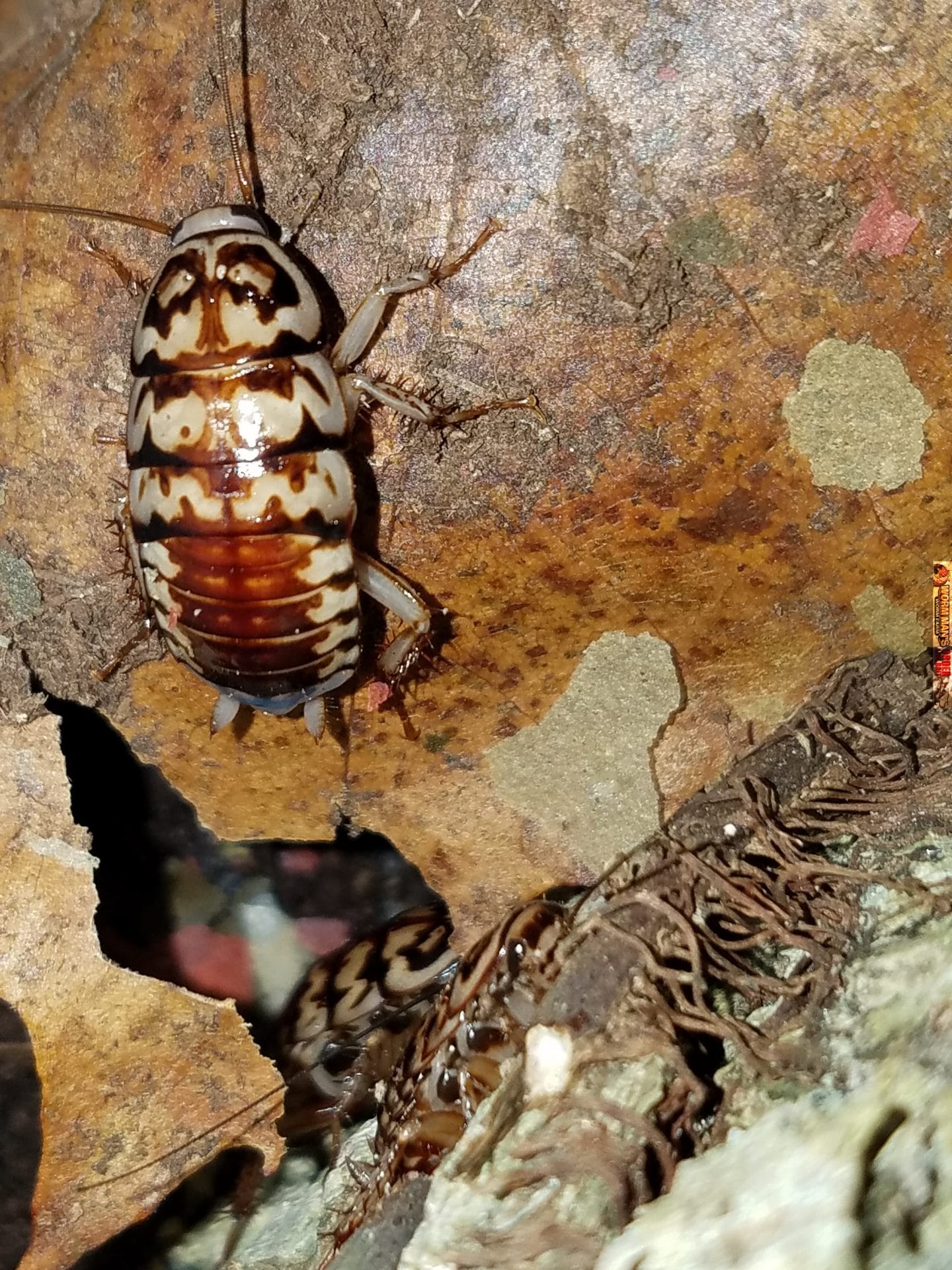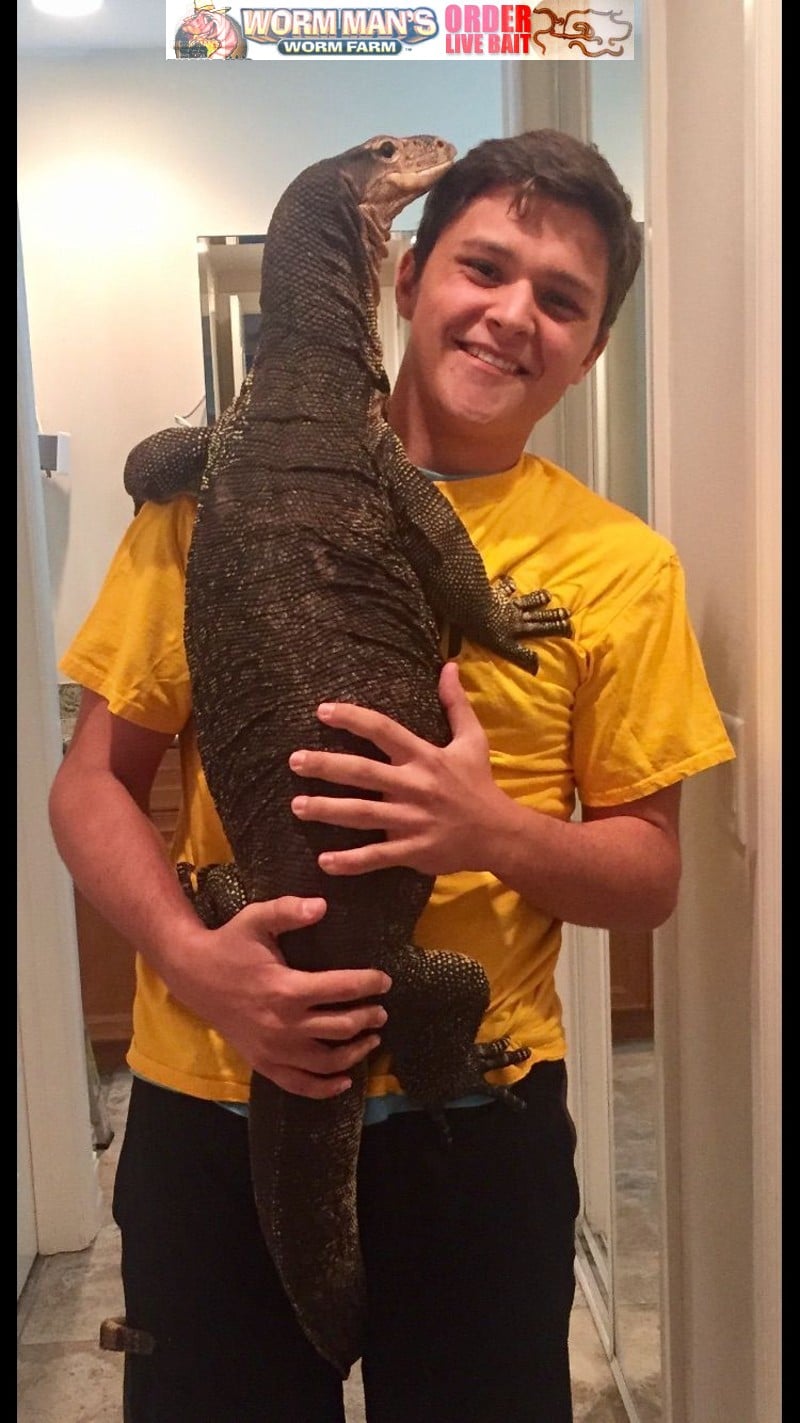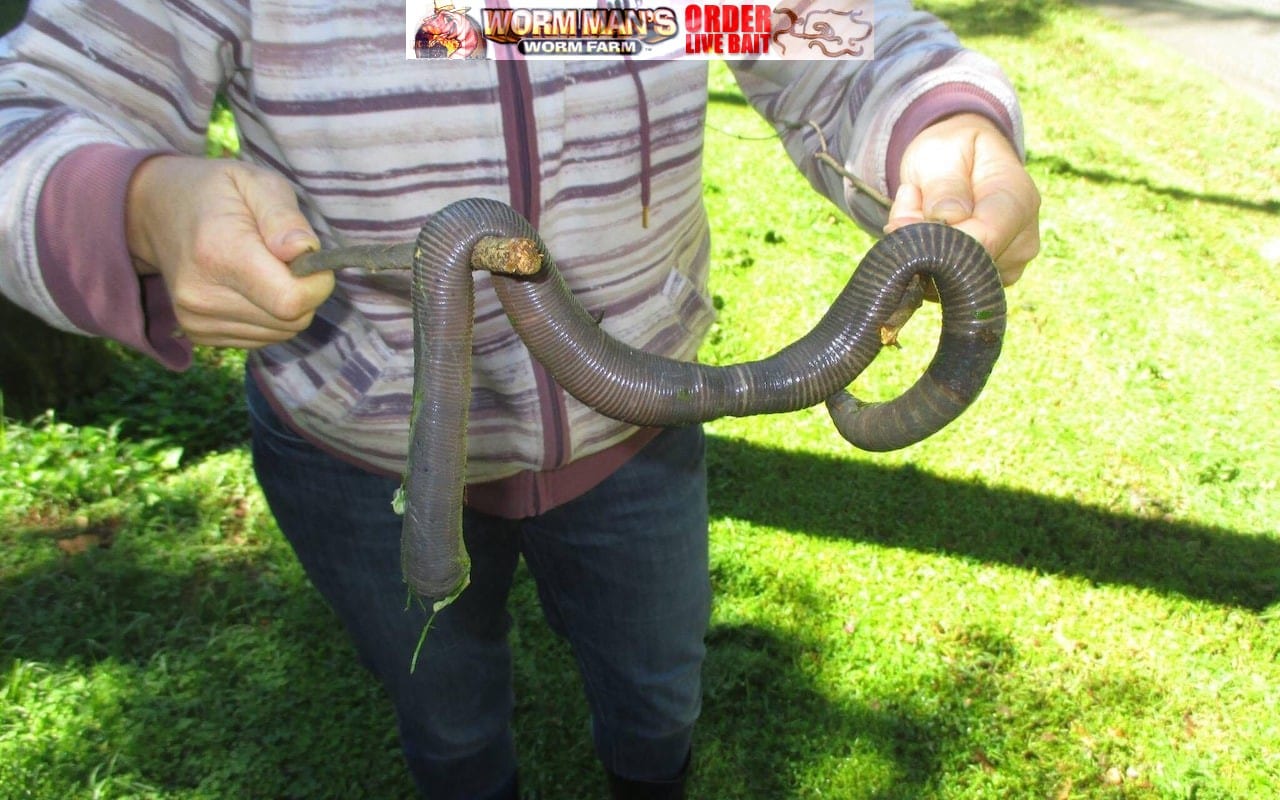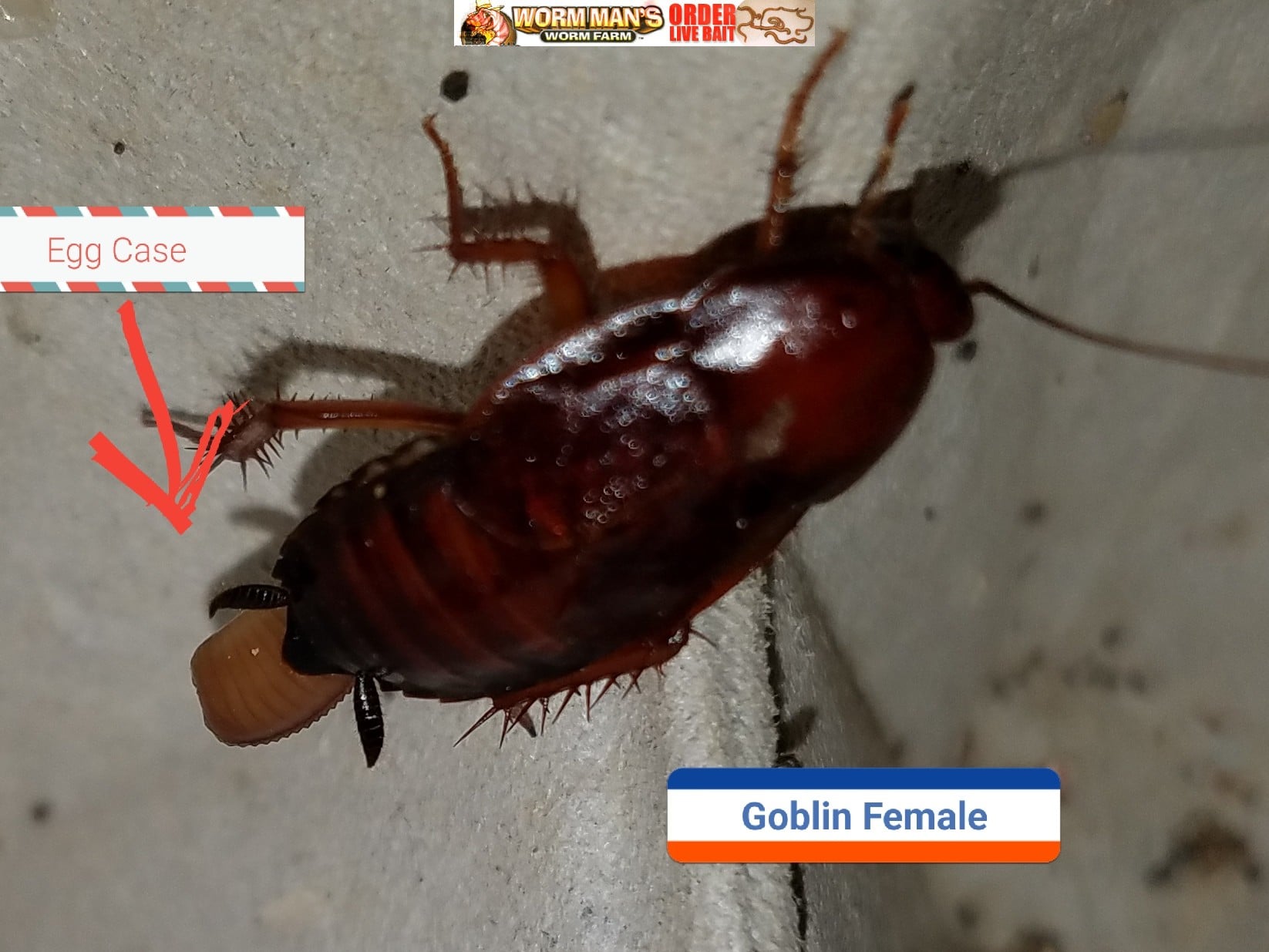
Goblin Roaches
Paratemnopteryx couloniana
Goblin Roaches are originally found in the southern part of Australia. They are easy to raise once you meet their requirements, which are:
- Temperature- 68 to 82 Degrees
- Moist substrate provided. We use coir bedding.
- Humidity. A moist substrate with a tight lid will help provide ample humidity.
- Provide water crystals in a small bowl for drink.
- Provide food. We feed them cucumbers, Squash, Dog Food, cat food and fish flakes.
- Give them plenty of hiding places by putting in egg crates or towel roll center cardboard tubes.
This is an interested roach. Goblin roaches take a while to mature but then will begin to breed nicely. Each egg case is small but containers between 4 and 20 eggs which could mean 4 to 20 baby roaches with each hatching. The egg cases hatch quickly soon after being deposited in and on the substrate if the heat is at at the higher end of 82 degree range.

Goblin roaches can climb but usually will just stay on the substrate or egg crates while you are in their enclosure. Air holes are a must with a tight fitting lid.

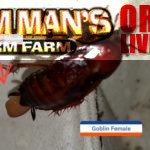
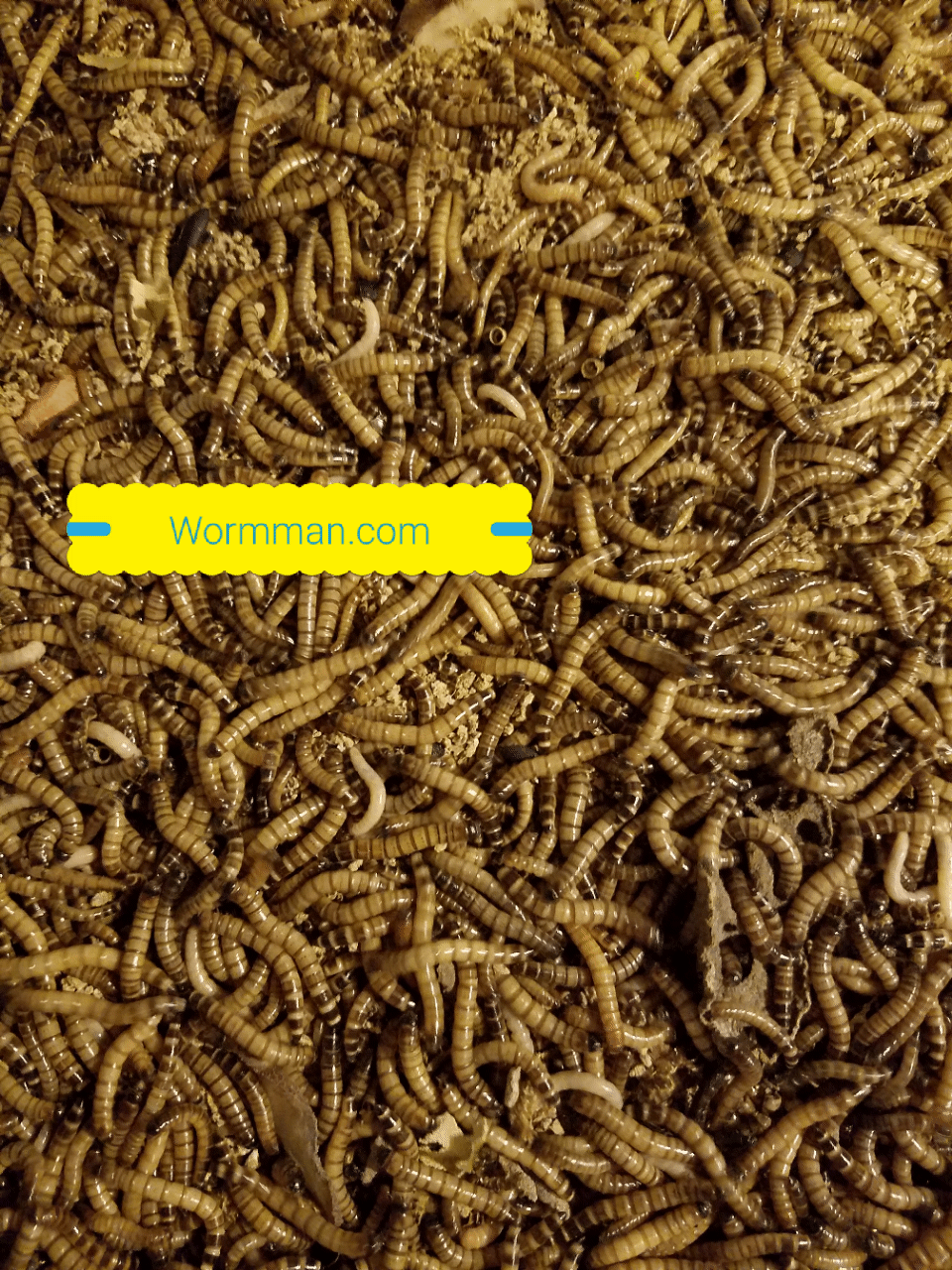
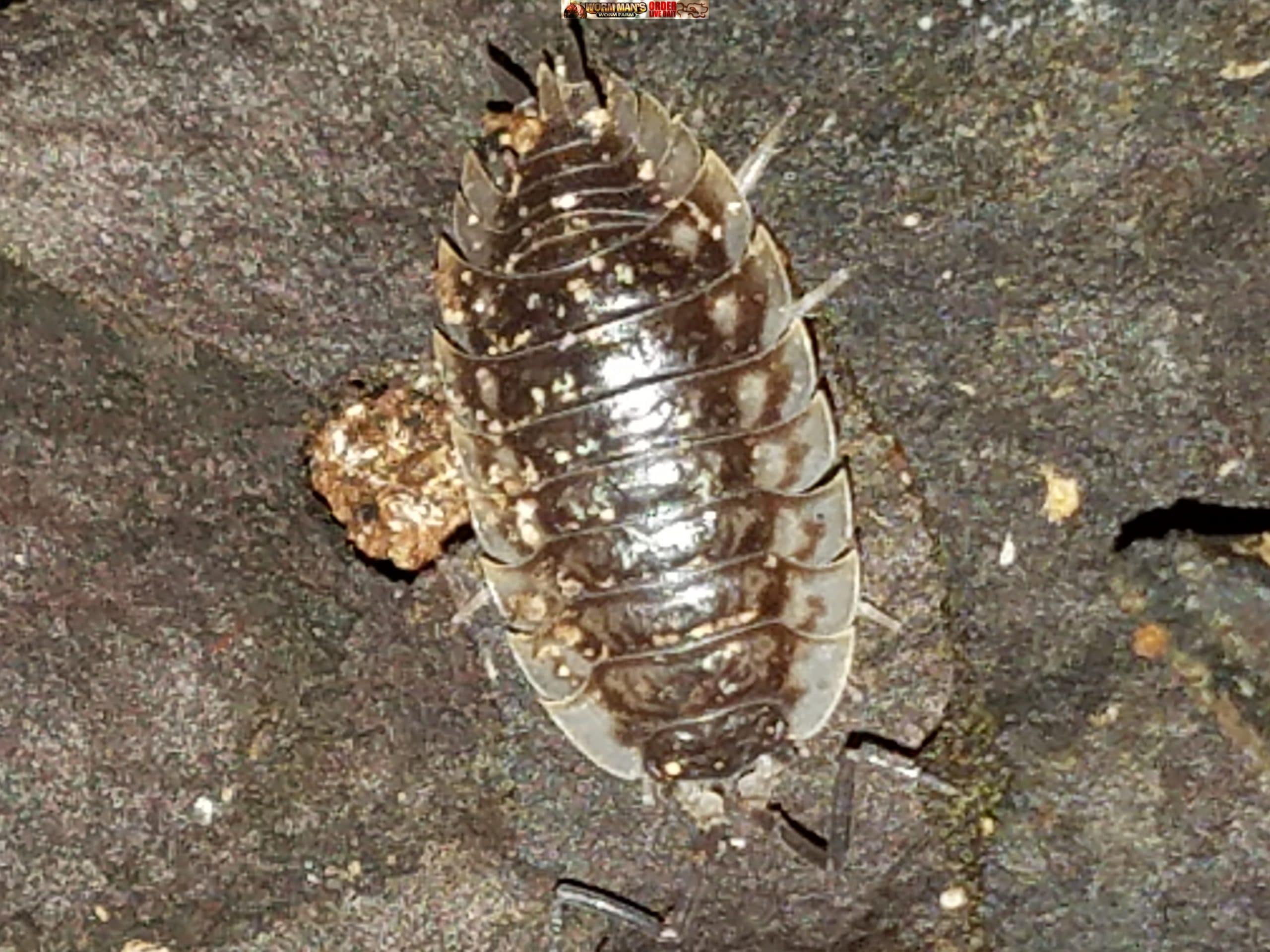






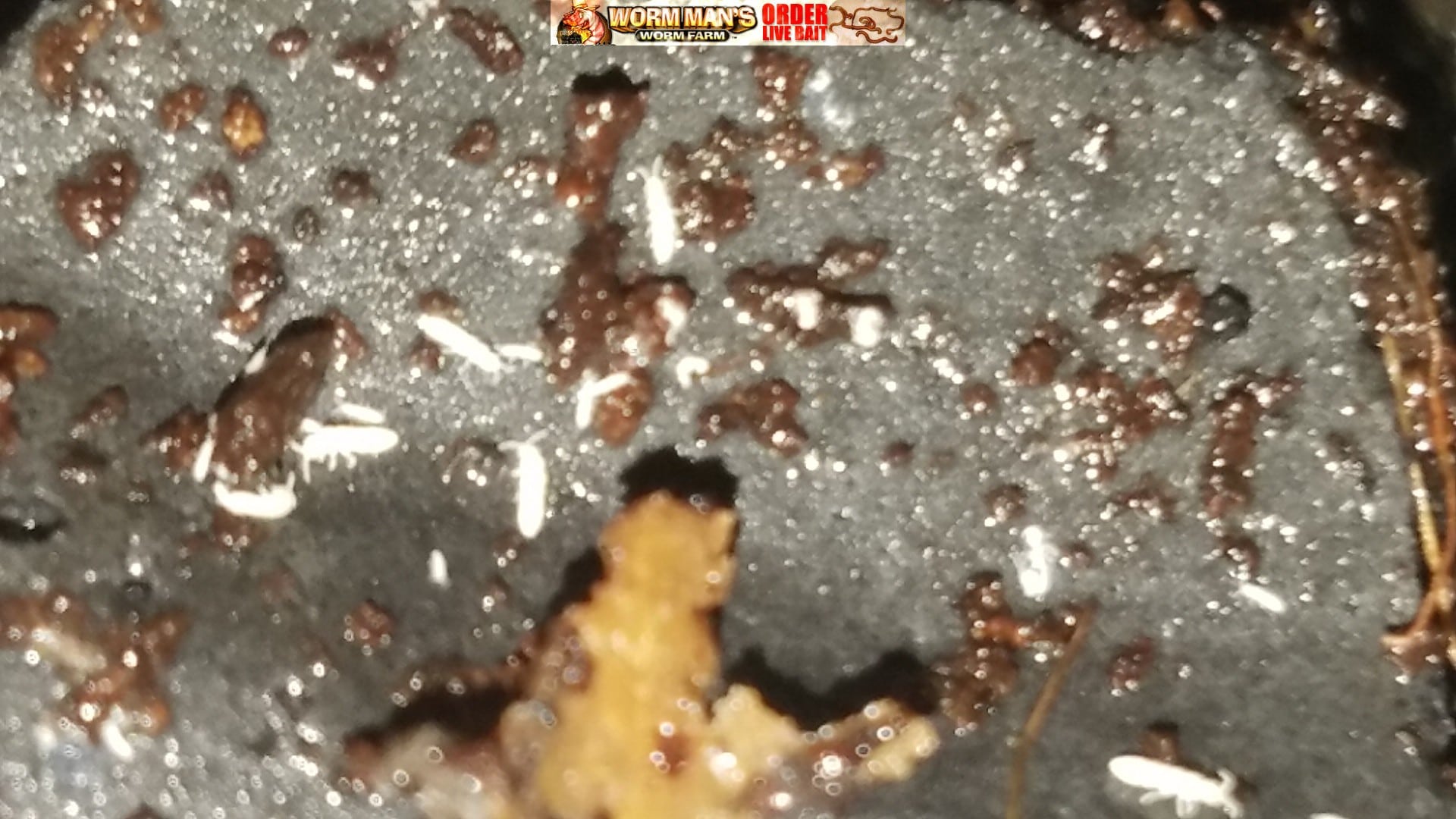
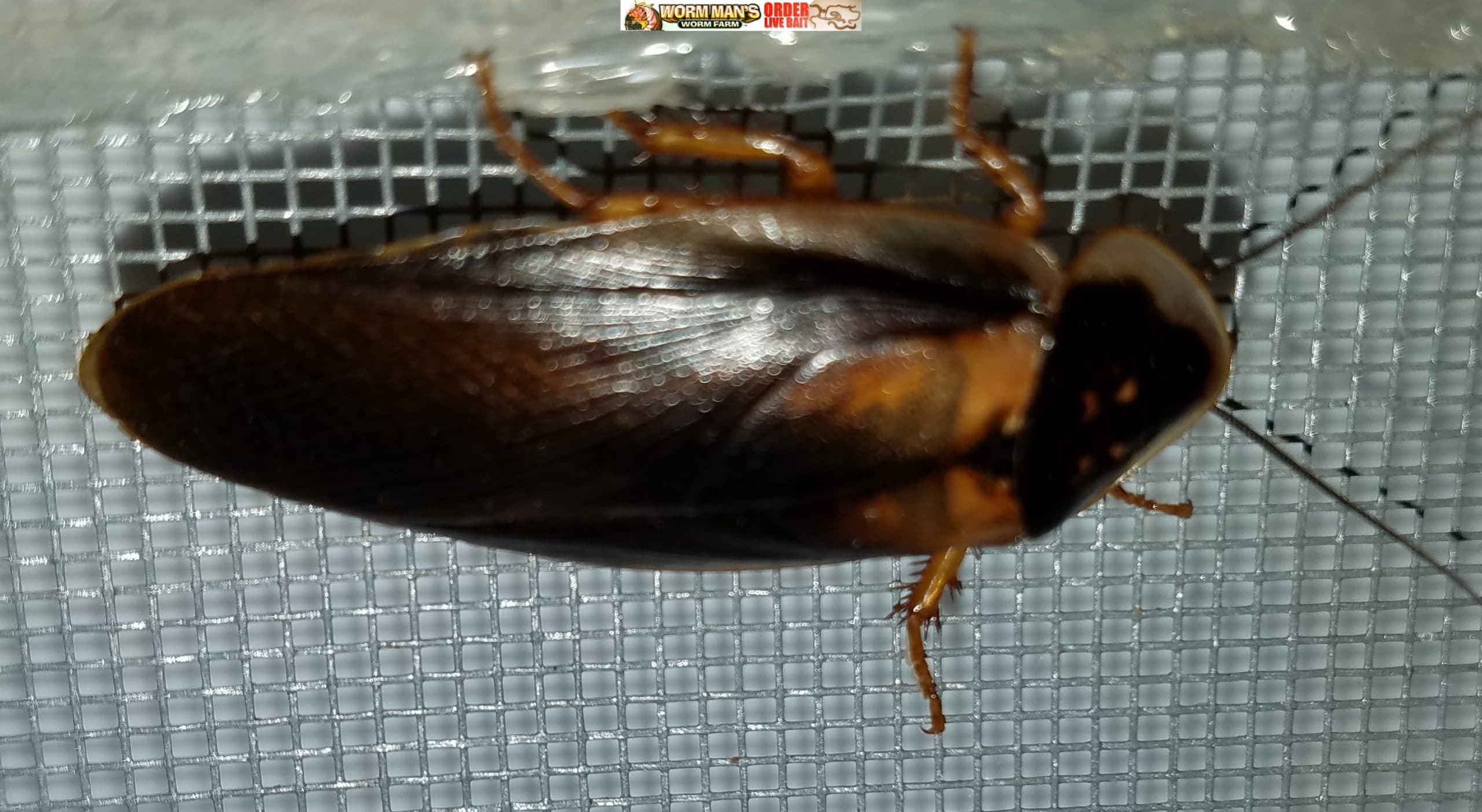
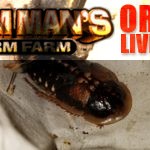 Dubia Female Breeder
Dubia Female Breeder
